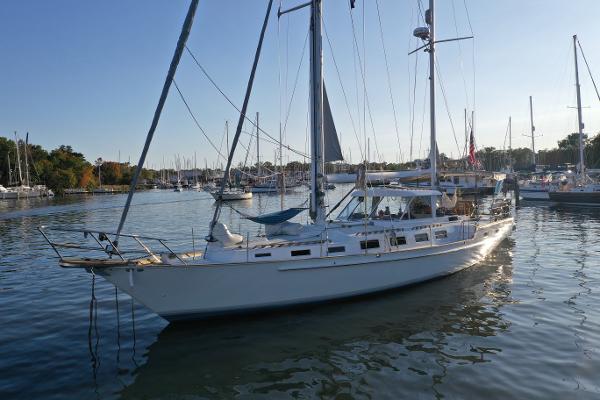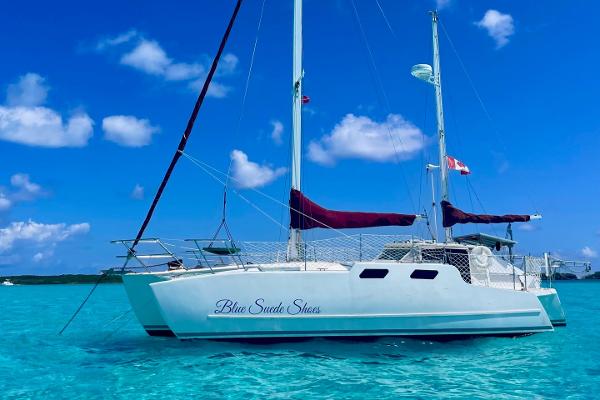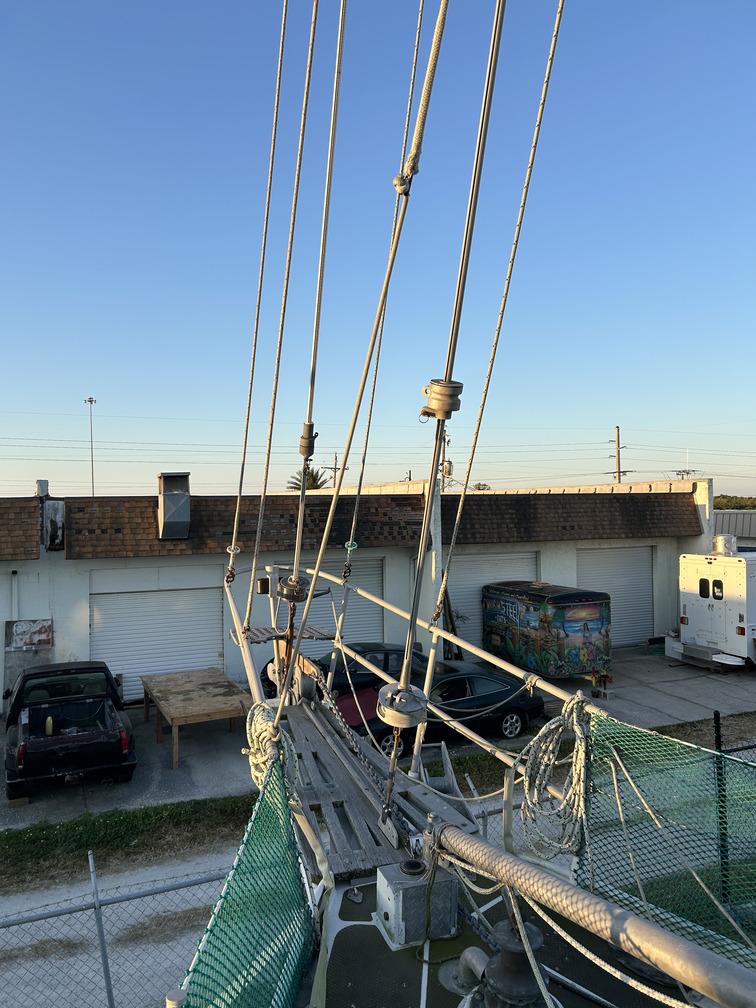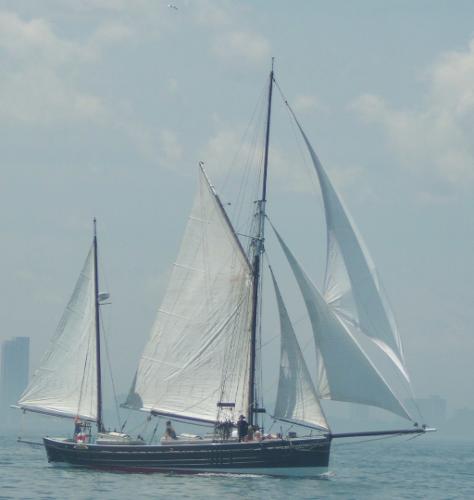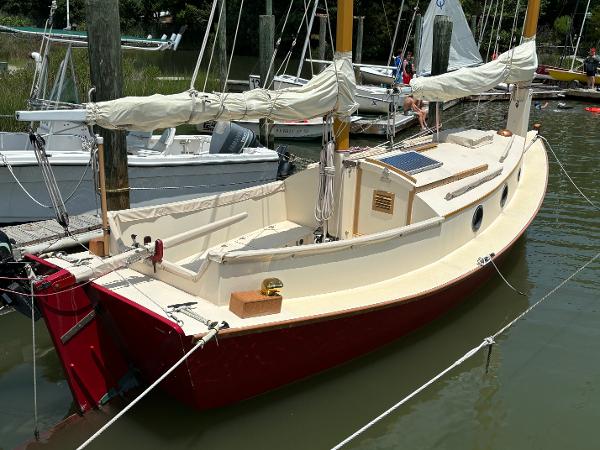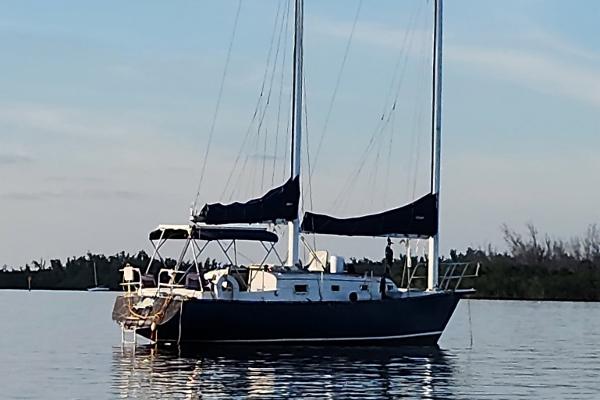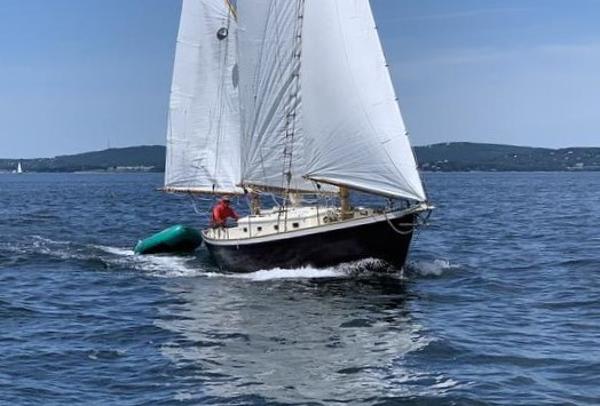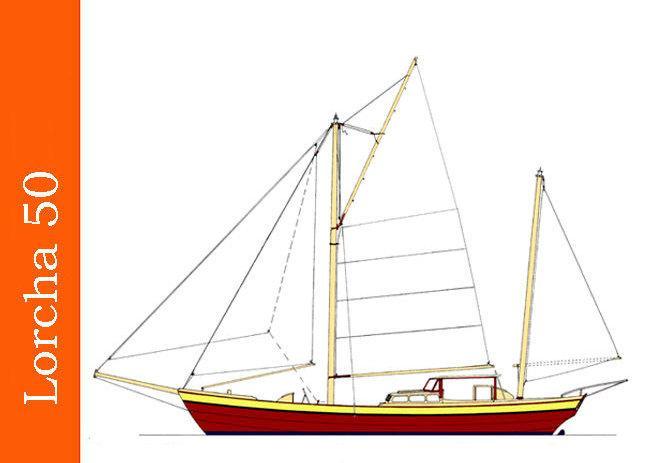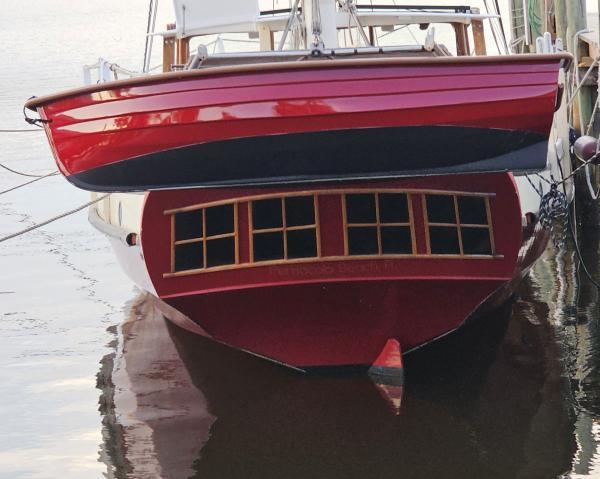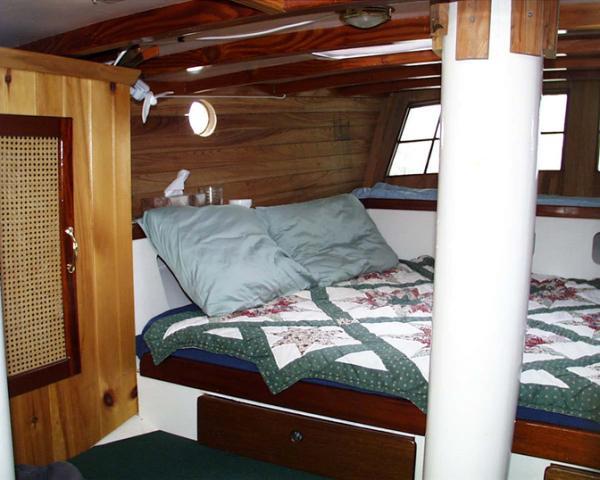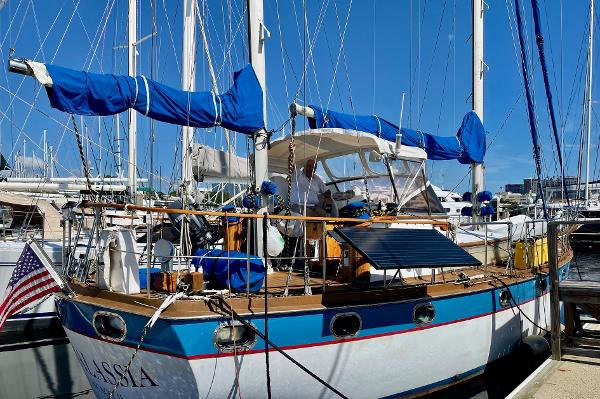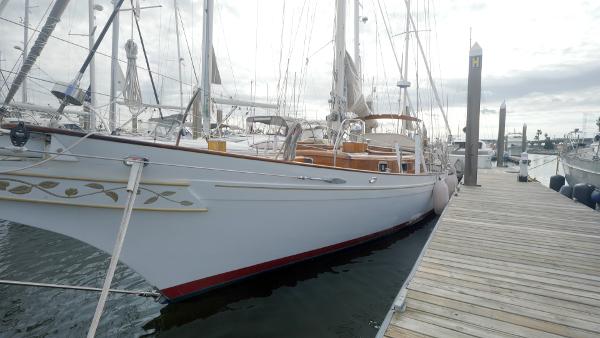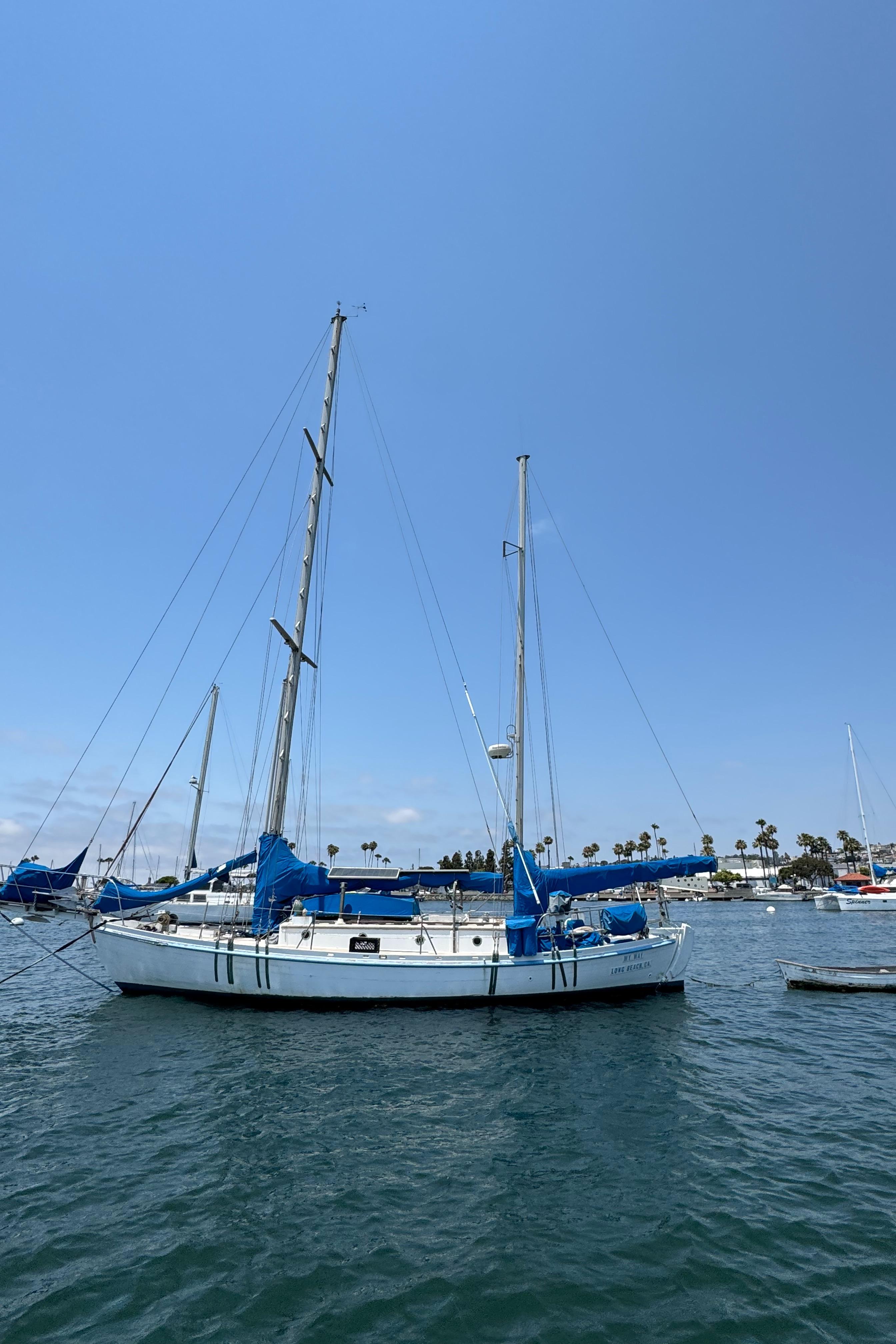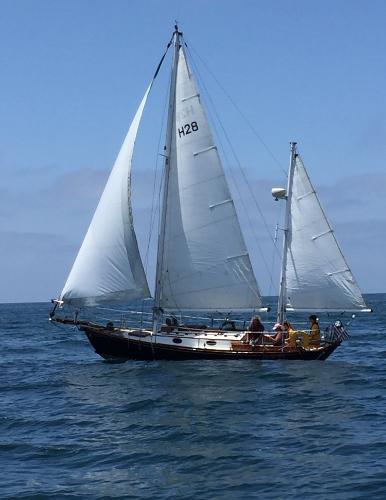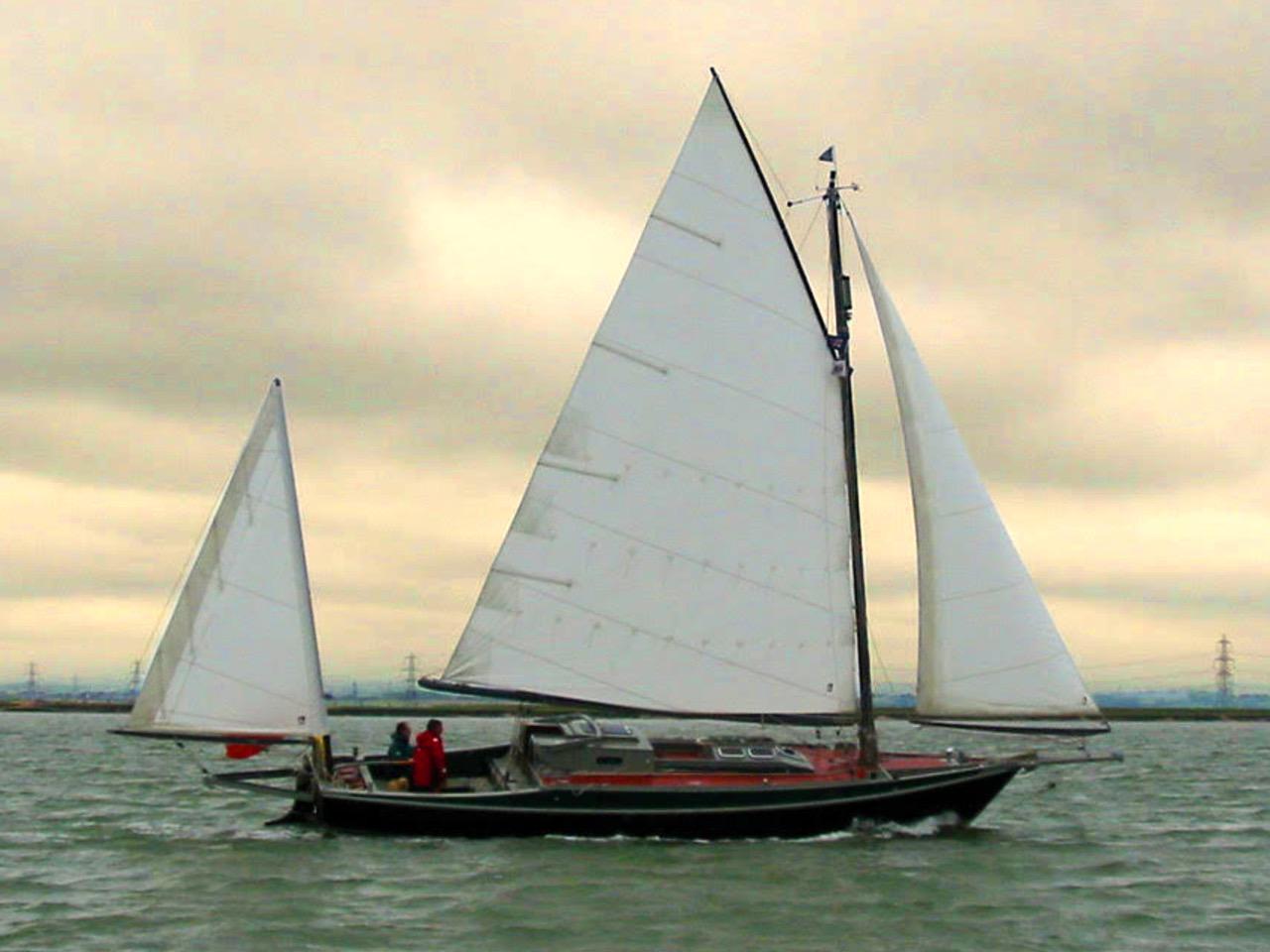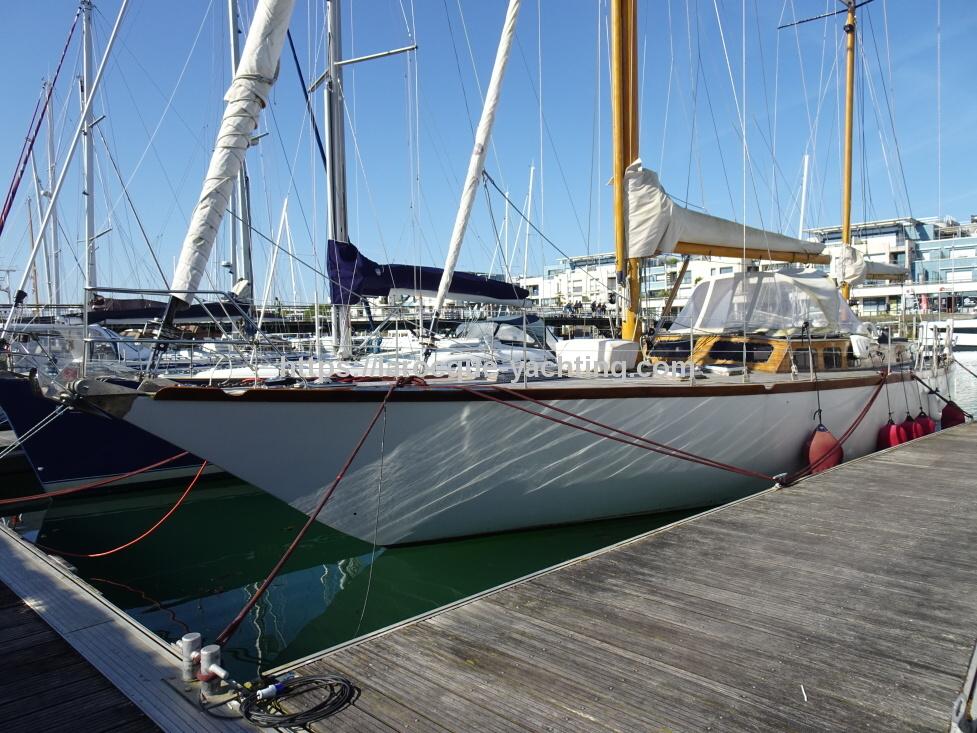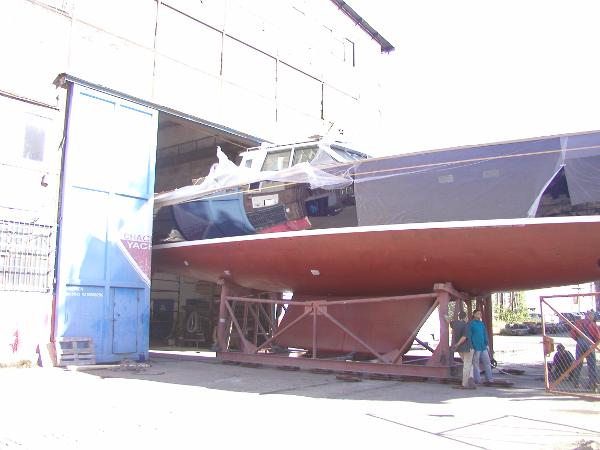Custom ketch boats for sale
48 Boats Available
Instantly Pre-Qualify for a boat loan
We'll check over 15 marine lenders to get you the best rate with the best terms.
Request Information
Contact Seller
X*
We weren't able to post your message, please check the highlighted fields and try again.
Thanks
We have sent your information directly to the seller.
Request cannot be completed
You may have entered incorrect information or the server is temporarily down. Please reload this page and try again later.
Your Search
Clear all filters- Class: Ketch Remove Filter class:sail-ketch
- Make: Custom Remove Filter make:custom
Filter Boats By
Condition
- All New (1)
- All In Stock - New and Used (48)
- Used (47)
Boat Type
- Sail (48)
Model
- 23m Epoxy Hull (1)
- 27M Ketch (1)
- 34 m Steel Gulet (1)
- 45 ft Aluminum Ketch (1)
- 62 (1)
- 78’ Stow & Sons Classic Ketch (1)
- Aft Cockpit (1)
- Arcadia 46 (1)
- Atkin Ingrid Ketch 38 Design (1)
- Bolger PH Shoal-draft Ketch (1)
Price
- $0 - $10000
- $10000 - $25000
- $25000 - $50000
- $50000 - $100000
- $100000 - $200000
- $200000 - $500000
- $500000+
Length
Year
Location
Country
- United States (15)
- Canada (4)
- Mexico (1)
Activities
x
Browse all Models
sorry, no results matching this search
Placeholder
x
Browse all Countries
sorry, no results matching this search
Placeholder
Filter Boats By
Back- All new (1)
- All in stock - new and used (48)
- Used (47)
- 23m Epoxy Hull (1)
- 27m Ketch (1)
- 34 M Steel Gulet (1)
- 45 Ft Aluminum Ketch (1)
- 62 (1)
- 78’ Stow & Sons Classic Ketch (1)
- Aft Cockpit (1)
- Arcadia 46 (1)
- Atkin Ingrid Ketch 38 Design (1)
- Bolger Ph Shoal-draft Ketch (1)
- More…
- United States (15)
- Canada (4)
- Mexico (1)
- More…
Browse all Models
Backsorry, no results matching this search
Letter
Browse all Countries
Backsorry, no results matching this search
